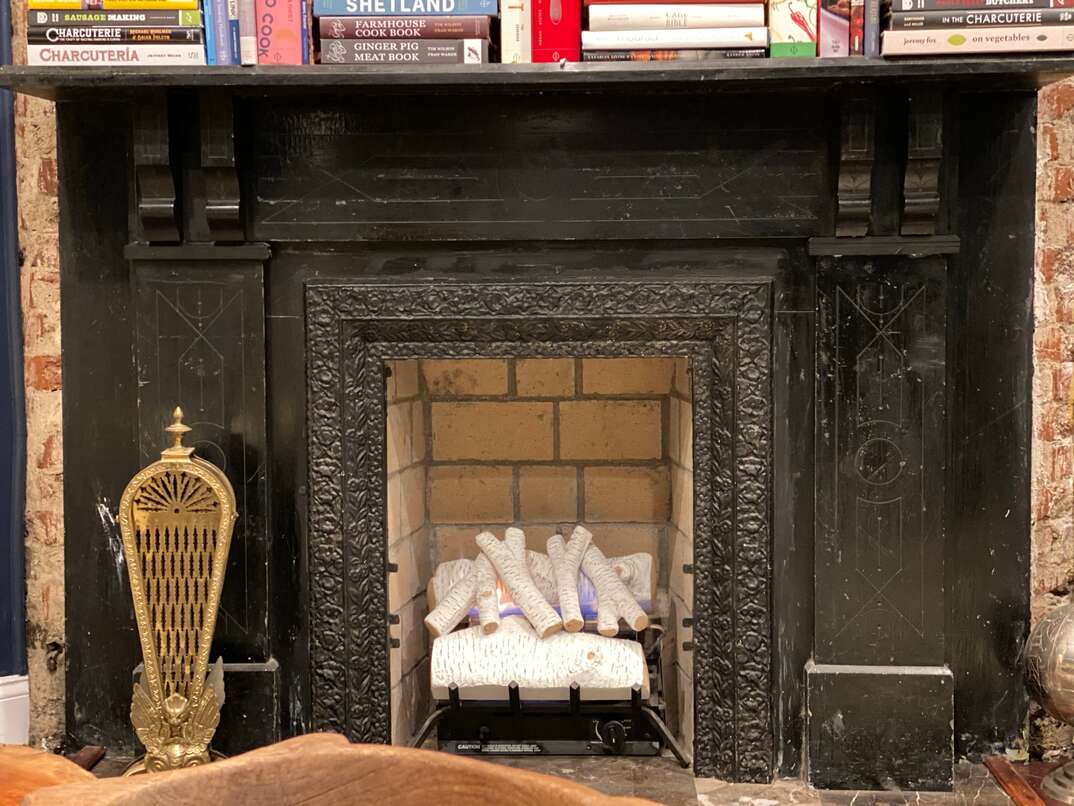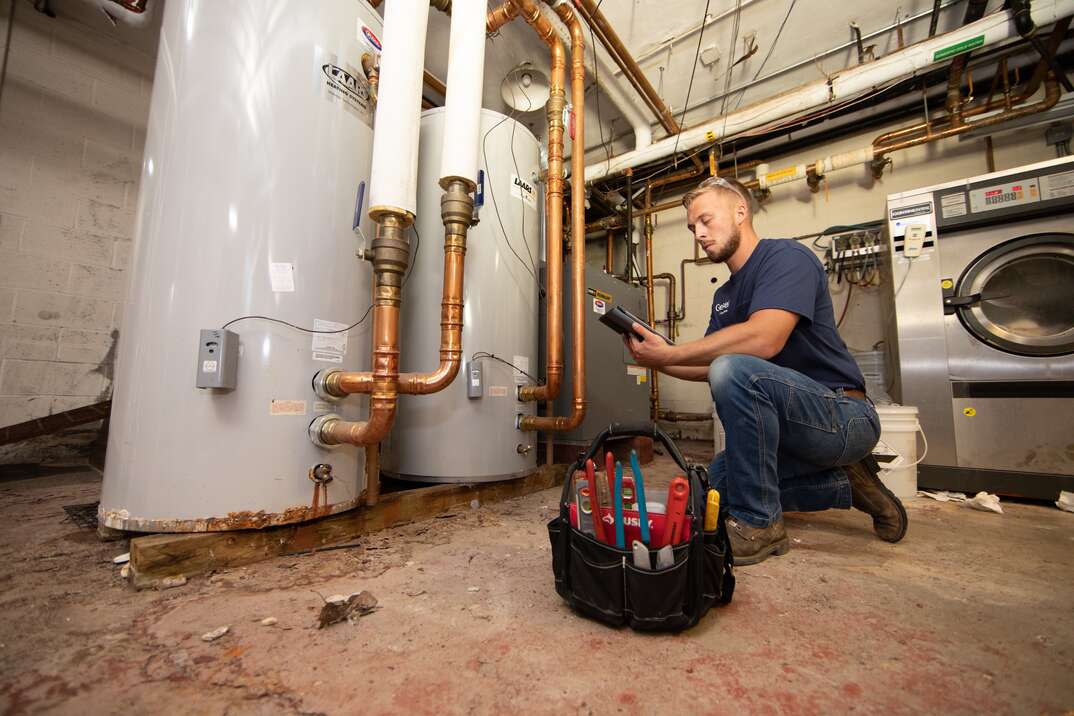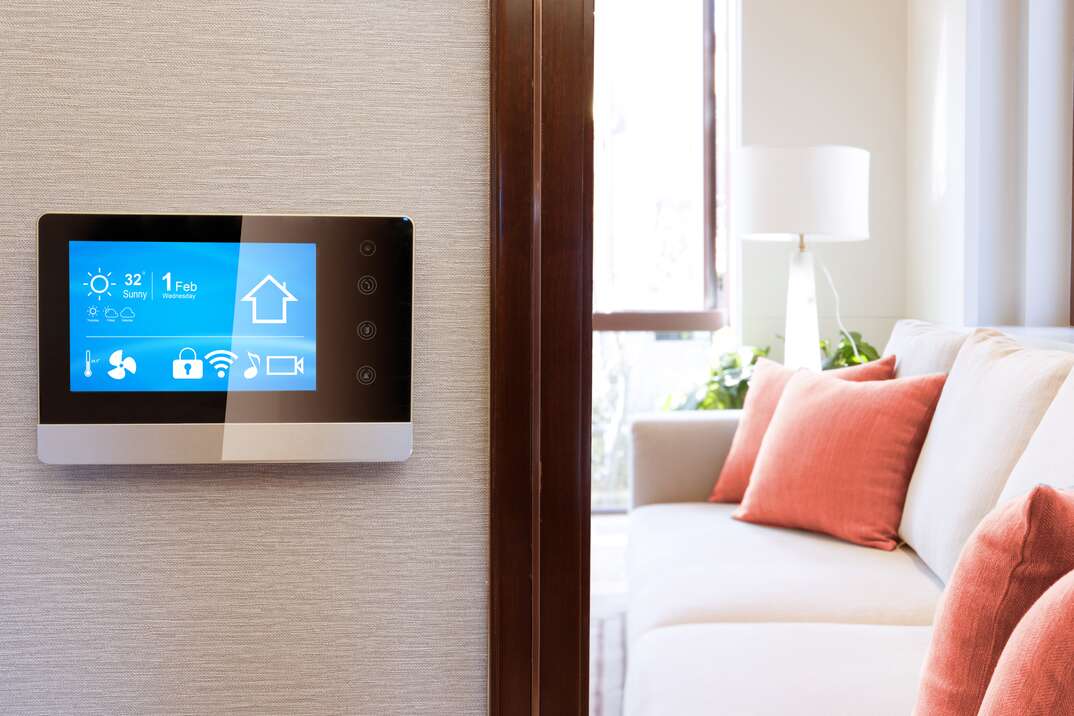Ventless Gas Fireplaces: Pros and Cons You Should Take to ‘Hearth’ Before Installing One

Gas fireplaces have become increasingly popular in recent years, as they offer homeowners a convenient and affordable way to add a touch of warmth and ambiance to their living spaces without the hassle and mess associated with burning wood indoors.
This May Also Interest You: Common Questions About Heating With a Fireplace: Asked and Answered
There are two basic types of gas fireplaces: vented and unvented. Vented fireplaces use a chimney and a flue to vent the gasses from the burning process outside, just like wood-burning fireplaces. Unvented fireplaces do not have this exhaust system. As a result, they are cheaper to install and can be placed virtually in any position in any room of the house. While there are certainly some benefits to owning a ventless gas fireplace, there are also a number of potential drawbacks that homeowners should consider before making a purchase.
Pros of Ventless Gas Fireplaces
Convenience
One of the biggest advantages of ventless gas fireplaces is their convenience. Unlike traditional wood-burning fireplaces, which require frequent cleaning and maintenance, ventless gas fireplaces are relatively low-maintenance. They also eliminate the need to purchase and store firewood, making them an ideal choice for busy homeowners who want to enjoy that cozy glow and warmth of a fire without the hassle.
Energy Efficiency
Ventless gas fireplaces are highly energy efficient, as they convert almost all of the fuel they consume into heat. This means that homeowners can enjoy a cozy fire without worrying about wasting energy or driving up their utility bills. Additionally, because ventless gas fireplaces do not require a chimney or venting system, they do not lose heat through drafts or leaks, which can further increase their energy efficiency.
Design Flexibility
Because ventless gas fireplaces do not require a traditional chimney or venting system, they can be installed in a wide range of locations throughout the home. This means that homeowners have greater flexibility when it comes to designing and decorating their living spaces. Whether you want to install a fireplace in a small apartment or a spacious living room, a ventless gas fireplace can be a great option.
Cost
Purchasing and installing a ventless fireplace will run you between $1,000 and $5,000 (CAD 1,300 and CAD 6,700). An installed vented fireplace, on the other hand, costs between $3,000 and $8,000 (CAD 4,000 and CAD 10,700), so the savings by going unvented are significant. Plus, as mentioned, the operating cost of a ventless fireplace can be lower because the system doesn't lose any heat through a flue.
More Related Articles:
- How Much Does a Gas Fireplace Cost?
- How to Light a Gas Fireplace: A Step-by-Step Guide
- What Do I Do If My Heat Goes Out?
- How Much Does Chimney Repair and Removal Cost?
- How Does a Pellet Stove Work?
Cons of Ventless Gas Fireplaces
Health Concerns
Perhaps the biggest drawback of ventless gas fireplaces is the potential health risks they pose. While these fireplaces are designed to burn fuel cleanly and efficiently, they still emit a range of pollutants into the home, including carbon monoxide and nitrogen dioxide. These pollutants can be particularly dangerous for people with respiratory issues or other health problems. Additionally, because ventless gas fireplaces do not have a chimney or venting system, these pollutants can build up in the home over time, potentially causing serious health problems.
Moisture and Humidity
Another potential problem with ventless gas fireplaces is the amount of moisture and humidity they can generate. As the fireplace burns, it releases water vapor into the air, which can lead to condensation on walls, windows and other surfaces. Over time, this moisture can cause damage to the home, including peeling wallpaper, warped wood and even mold growth.
Odors
While ventless gas fireplaces are designed to burn fuel cleanly, they can still produce odors that some homeowners may find unpleasant. This can be particularly problematic if the fireplace is installed in a small space, as the odors can quickly become overwhelming. Additionally, because ventless gas fireplaces do not have a chimney or venting system, these odors can linger in the home long after the fire has been extinguished.
Flame Appearance
Finally, it is worth noting that some homeowners may find the appearance of a ventless gas fireplace less appealing than that of a traditional wood-burning fireplace. While these fireplaces do produce flames, they often lack the crackling and popping sounds that many people associate with a cozy fire. Additionally, because ventless gas fireplaces do not burn wood, they do not produce the same smoky scent that many people find appealing.
Ventless Fireplace Precautions
Most ventless fireplaces on the market today are considered safe, but it's important to know that this opinion is somewhat controversial. In fact, these units are banned in the states of California and Massachusetts. However, if you decide that ventless is the way to go for your needs, there are a few precautions to keep in mind.
First of all, have your fireplace installed by a professional. These units run off either gas or propane, two flammable gasses that are dangerous to work with, so you'll want a licensed installer on the job.
Also, most ventless fireplaces come with their own carbon monoxide and oxygen sensors that will cut the unit off if a problem is detected. Still, it's not a bad idea to install your own additional sensors in any room where a ventless fireplace is operating to give you additional peace of mind.
Finally, if possible, keep a window slightly cracked in any room in which you are operating a ventless gas fireplace. This will help with air exchange and minimize some of the risks and odors associated with these systems.
All CAD conversions are based on the exchange rate on the date of publication.


